Health: Toxic turf
Recently, climate strikes have given a voice to young people across Canada. The Toronto District School Board (TDSB), and the Toronto Catholic District School Board (TCDSB) even made accommodations so students could attend the strikes.
But, are these institutions willing to join in meaningful solidarity by placing a moratorium on the use of artificial turf on school property?
Da Vinci School is a public elementary, Waldorf-based school, occupying the third floor of Lord Lansdowne Public School (LLPS), near College and Spadina. The rest of the building houses a French immersion elementary school.
A developer recently agreed to pay a $1-million restitution to LLPS for the shadow his building would cast over the children’s playground. However, Waldorf parents were dumbfounded when the TDSB promoted using fake turf on that same playground.
At a meeting in February of last year, the TDSB’s sustainability officer presented the merits of artificial turf over natural grass.
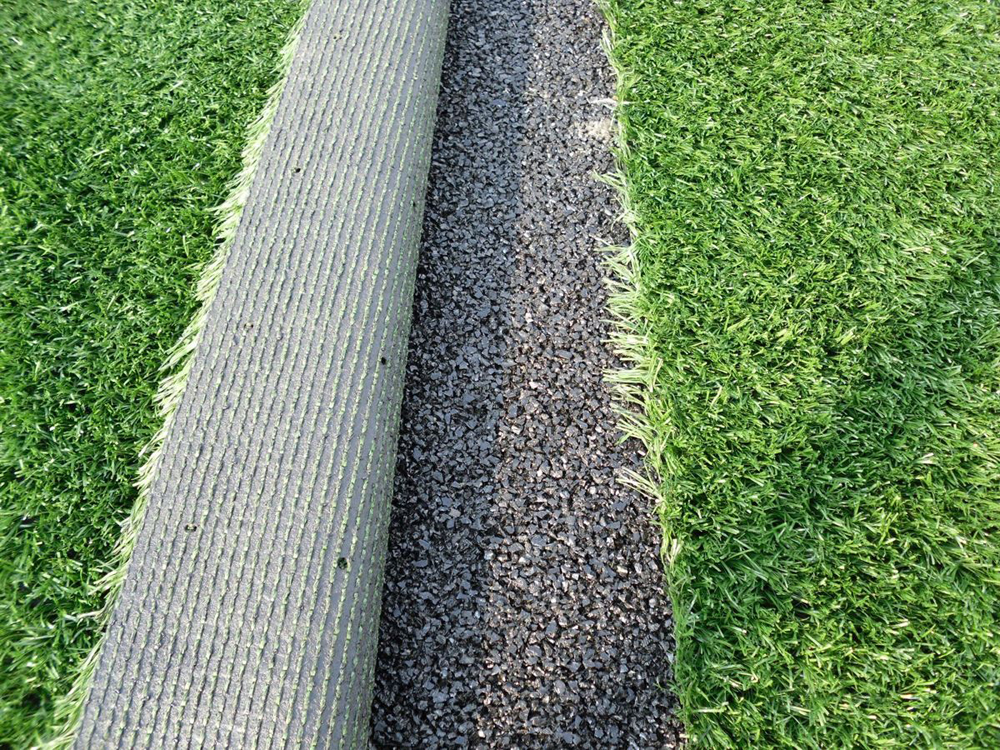
When the meeting ended in a stand-off, Waldorf parent Janerae Causyn realized she needed to help parents understand the health risks associated with artificial grass.
According to Causyn, “we don’t know all of the health risks, because the research isn’t there yet. It’s ludicrous to test new products on children’s playing fields without reviewed research based on longitudinal studies.”
Fake grass is a hazardous choice for many reasons, including the fact that children who fall or slide on this turf can suffer thermal burns and abrasions, and those can become infected.
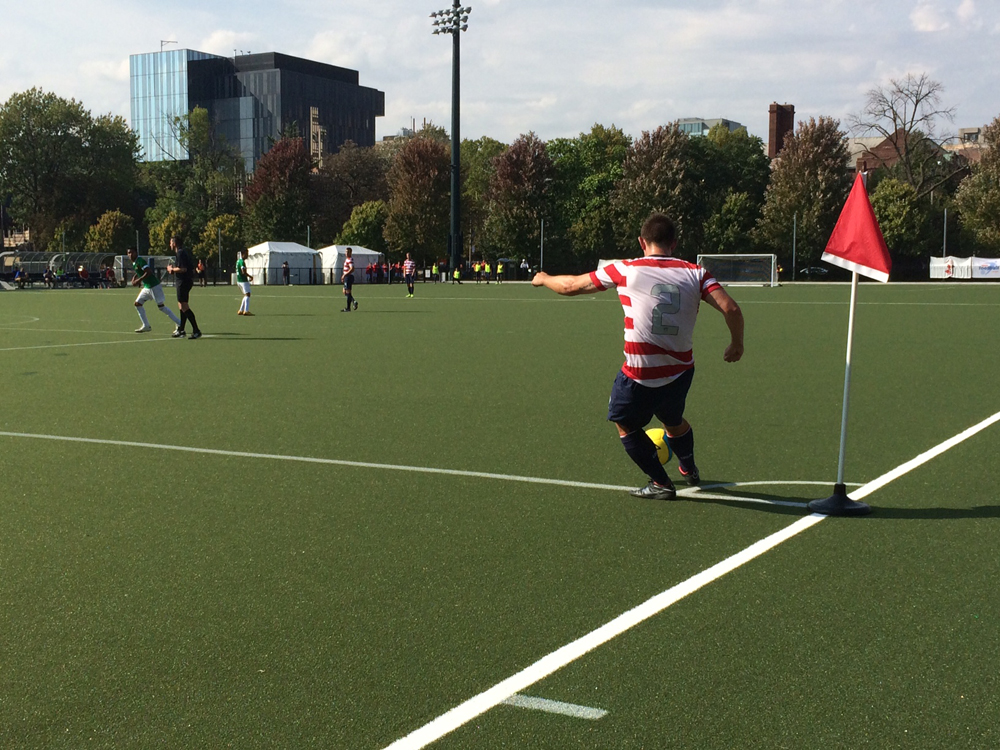
Artificial turf may also contribute to the “heat island effect”: an urban phenomenon where energy, materials, and lack of vegetation can markedly increase the temperature in certain areas. Installing artificial instead of real turf reduces the combined cooling effect of plants’ natural evapotranspiration, and the synthetic material itself has heat-retaining properties. And because children are less able to regulate body temperature, are closer to the ground, and breathe faster than adults, they’re more susceptible to dehydration, and prone to heatstroke.
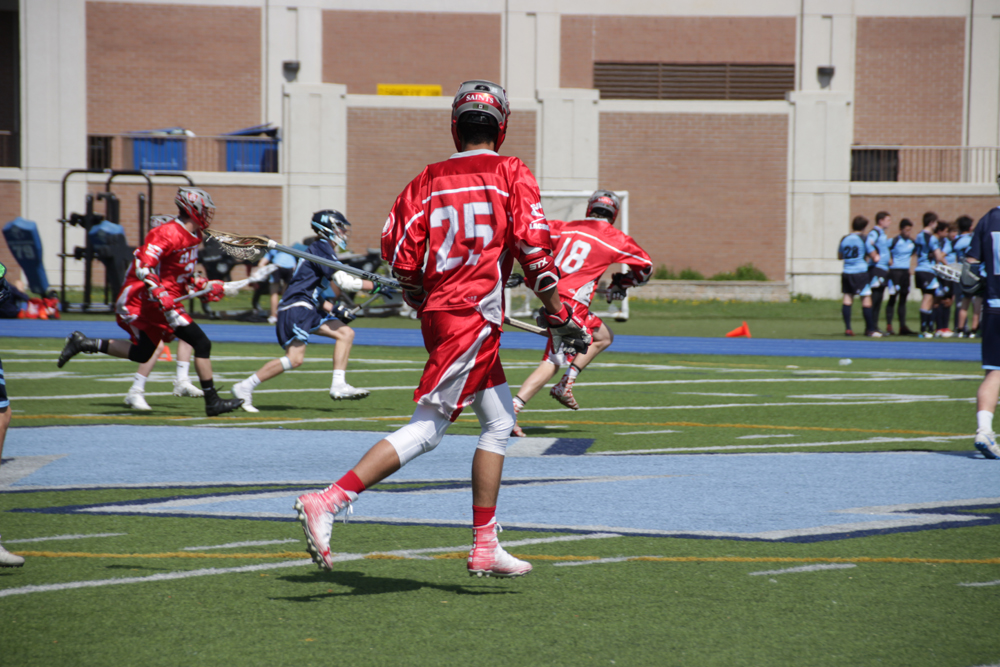
Infill used between the blades of grass to cushion impact eventually breaks down, leaving a hazardously hard surface which can result in concussions.
The TDSB chose ‘natural’ infill of silica pellets, coated with acrylic polymers for LLPS. The pellets eventually disintegrate into silica dust that can cause lung damage, and is recognized by the United States Environmental Protection Agency as a carcinogen. Combined with the disintegrating acrylic polymers, it forms plastic dust and micro-debris.
Artificial turf doesn’t stay sterile. Sweat, blood, spit, bird and animal droppings require routine spraying with toxic chemicals that can be inhaled, absorbed through skin, contaminate clothing, shoes and pets, and be carried into schools, cars, and homes.
The off-gassing chemicals from the turf mix, combined with the cleaning chemicals, could create a toxic soup for children to play on.
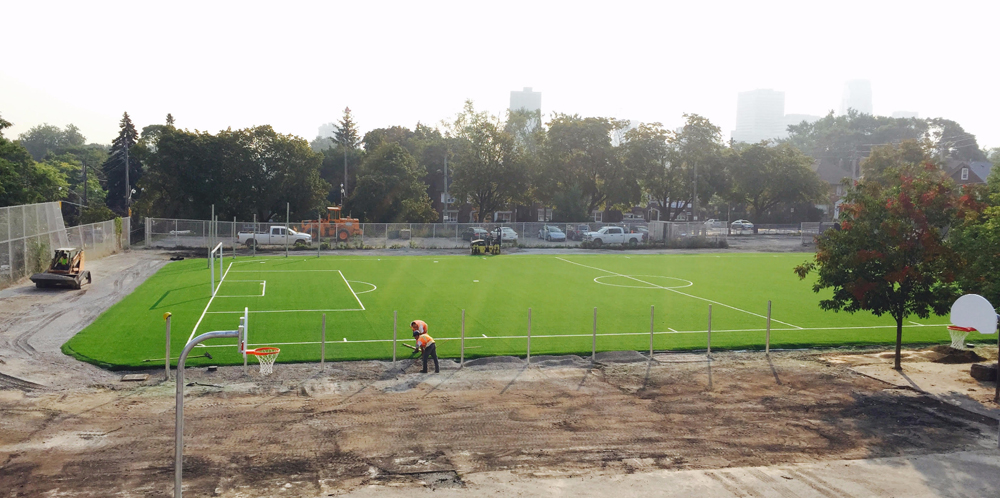
The impermeable carpet base contributes to increased runoff and flooding that carries plastic particles into the streets, sewers, and our water system. However, if drainage is done correctly, which TDSB was planning, absorption is better.
Toronto Public Health’s list of precautions include supervising small children, not eating on the field, regular monitoring of contaminants, preventing tracking of infill, and hand washing.
The 400 students attending LLPS would need to shake out their hair, clothes and shoes, and wash their hands after playing in the morning, lunch, and after both recesses—pretty much an administrative nightmare.
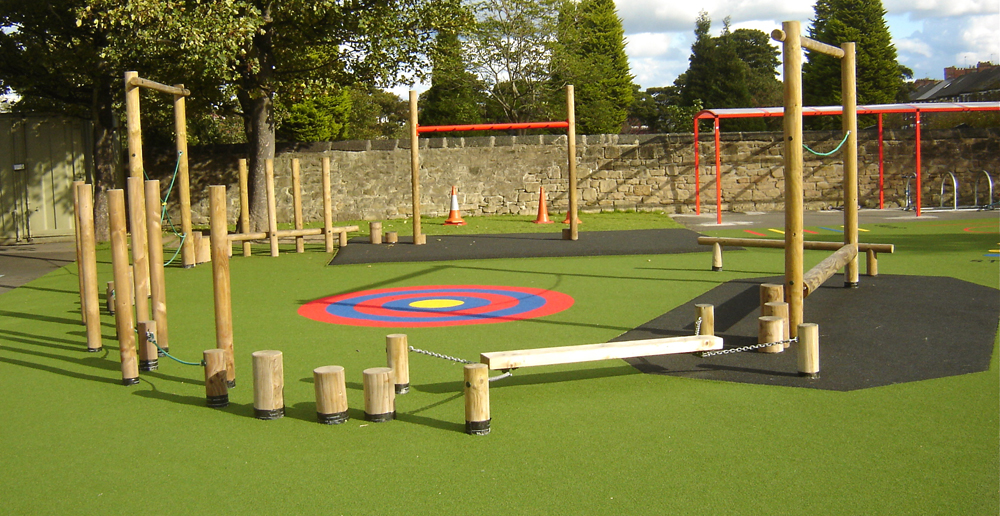
Causyn’s extensive research and outreach helped parents and teachers vote overwhelmingly against artificial turf at a March 2019 meeting. The victory sent a strong message about protecting our environment and our children.
Rochelle Rubinstein, an anti-artificial turf activist in Toronto, wants people to know that, despite her efforts, “the TDSB refuses to acknowledge any health concerns. The TDSB continues to replace school fields and playgrounds with artificial turf, without heeding its mandate to protect the health and safety of its students. This is especially heinous in elementary schools, as younger children are particularly vulnerable to heat-related illnesses, and to ingesting, inhaling and dermally absorbing toxins from the infill.”
Rubinstein’s message to both boards is “take a stand now, before we have mountains of evidence in the form of sick kids, against something that clearly is not good for either our environment or our children.”
Text by Doreen Nicoll, who is a freelance writer living in Burlington.
